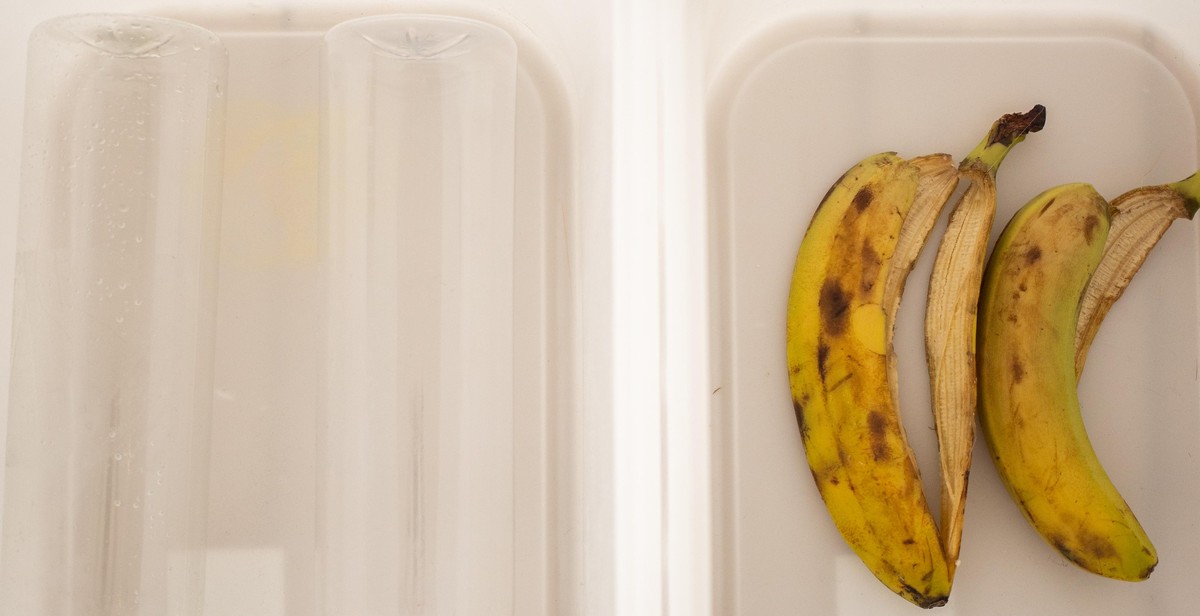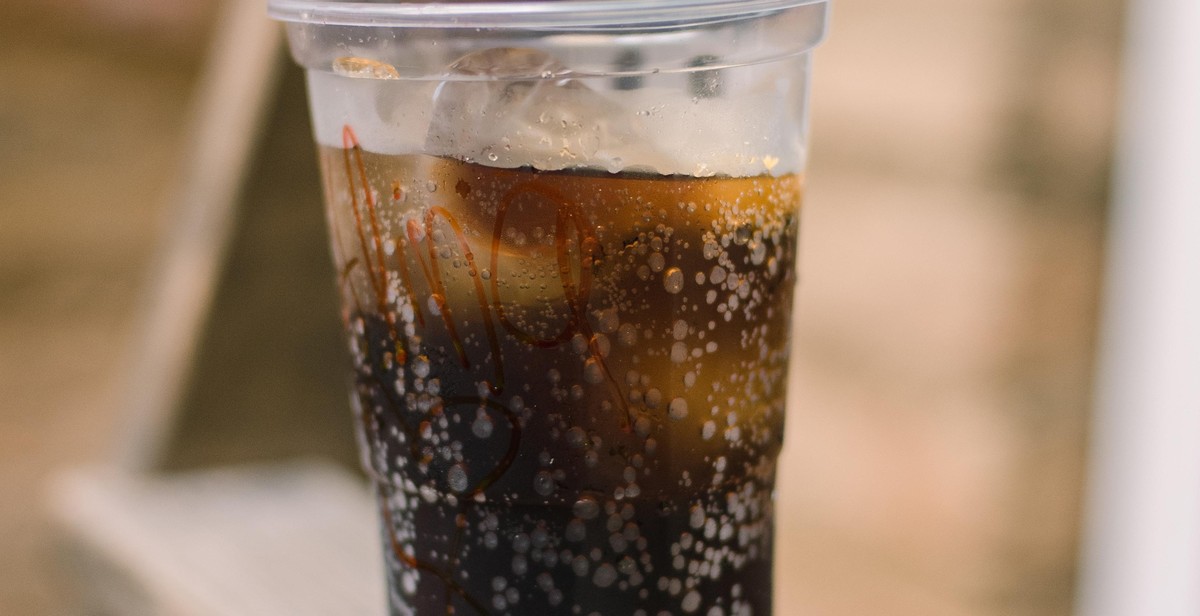The Environmental Impact of Disposable Diapers
Disposable diapers are a convenient and widely used solution for parents, but their environmental impact is significant. In recent years, there has been growing concern about the impact of disposable diapers on the environment, with studies showing that they contribute to pollution, waste, and greenhouse gas emissions.
What are Disposable Diapers?
Disposable diapers are made from a variety of materials, including plastic, wood pulp, and absorbent chemicals. They are designed to be used once and then thrown away, making them a convenient option for busy parents. However, the convenience of disposable diapers comes at a cost to the environment.
The Environmental Impact of Disposable Diapers
Disposable diapers have a significant impact on the environment, from the resources required to produce them to the waste they create. Some of the environmental issues associated with disposable diapers include:
- Excessive use of resources, including water, wood pulp, and petroleum-based materials
- Pollution from the manufacturing process, including greenhouse gas emissions and toxic waste
- Waste generated from the disposal of used diapers, which can take hundreds of years to decompose in landfills
- Potential health risks associated with the chemicals used in disposable diapers
The Alternatives to Disposable Diapers
There are alternatives to disposable diapers that are more environmentally friendly, including cloth diapers and biodegradable disposable diapers. Cloth diapers can be reused multiple times and are made from natural materials, reducing their impact on the environment. Biodegradable disposable diapers are made from plant-based materials and break down more quickly than traditional disposable diapers, reducing the amount of waste they create.
| Pros | Cons |
|---|---|
| Convenient for busy parents | Contribute to pollution and waste |
| Readily available at most stores | Require significant resources to produce |
| Easy to use and dispose of | Potential health risks associated with chemicals used in production |

What are disposable diapers?
Disposable diapers are a type of diaper that is designed to be used once and then thrown away. They are made from a combination of synthetic materials, including polypropylene, polyethylene, and absorbent polymers, which are designed to lock in moisture and prevent leaks. They typically have an outer layer made of plastic or other waterproof material, and an inner layer made of soft, absorbent material that is designed to wick moisture away from the baby’s skin.
Disposable diapers are available in a range of sizes to fit babies of different ages and weights. They are typically sold in boxes containing anywhere from 20 to 100 diapers, depending on the brand and size.
The history of disposable diapers
The first disposable diaper was invented by a woman named Marion Donovan in the late 1940s. Donovan was a mother of two who was frustrated with the leaky, uncomfortable cloth diapers that were the only option at the time. She sewed a waterproof cover for a cloth diaper using a shower curtain, and eventually developed a disposable diaper made from a combination of paper and plastic.
Disposable diapers became more widely available in the 1960s and 1970s, and quickly became the preferred choice of most parents in the United States and other developed countries. Today, disposable diapers are used by millions of parents around the world, and are a multi-billion dollar industry.
The pros and cons of disposable diapers
There are a number of advantages to using disposable diapers, including their convenience and ease of use. Disposable diapers are also highly absorbent, which means they can hold more moisture and prevent leaks more effectively than cloth diapers. Additionally, disposable diapers are widely available and can be purchased at most grocery stores, drug stores, and online retailers.
However, there are also some disadvantages to using disposable diapers. One of the biggest concerns is their environmental impact. Disposable diapers are not biodegradable, which means they can take hundreds of years to decompose in landfills. Additionally, the manufacturing process for disposable diapers requires the use of large amounts of energy, water, and other natural resources.
Another concern is the potential health risks associated with disposable diapers. Some studies have suggested that the chemicals and fragrances used in disposable diapers could be harmful to babies’ skin and respiratory systems. However, more research is needed to fully understand the impact of these chemicals on human health.
Conclusion
Disposable diapers are a popular choice for many parents due to their convenience and effectiveness. However, they also have a significant environmental impact and may pose potential health risks to babies. As such, it is important for parents to carefully consider their options and make an informed decision about which type of diaper is best for their family.

The Environmental Impact of Disposable Diapers
Disposable diapers are widely used by parents all over the world for their convenience, but they come at a cost to the environment. The production, use, and disposal of disposable diapers have negative effects on the environment, including landfill waste, resource depletion, water pollution, and air pollution.
Landfill Waste
Disposable diapers are made of plastic, wood pulp, and other synthetic materials that do not decompose easily. According to the Environmental Protection Agency (EPA), disposable diapers make up about 4% of the total waste in landfills in the United States. This is a significant amount, considering that disposable diapers take up to 500 years to decompose. As a result, disposable diapers contribute to the increasing amount of landfill waste and the depletion of available landfill space.
Resource Depletion
The production of disposable diapers requires the use of non-renewable resources such as petroleum and wood pulp. These resources are finite and their depletion can have serious consequences for future generations. The production of disposable diapers also requires a significant amount of energy, which contributes to the depletion of fossil fuels and the emission of greenhouse gases.
Water Pollution
The production of disposable diapers also contributes to water pollution. The manufacturing process involves the use of chemicals and bleaches, which can contaminate water sources. The disposal of used diapers in water bodies can also lead to the release of harmful chemicals and pathogens, which can have negative effects on aquatic life and human health.
Air Pollution
The production and disposal of disposable diapers also contribute to air pollution. The manufacturing process involves the emission of greenhouse gases, which contribute to climate change. The disposal of used diapers in landfills also leads to the emission of methane, a potent greenhouse gas that contributes to global warming.
| Environmental Impact | Description |
|---|---|
| Landfill Waste | Disposable diapers take up to 500 years to decompose and contribute to the increasing amount of landfill waste. |
| Resource Depletion | The production of disposable diapers requires the use of non-renewable resources such as petroleum and wood pulp, which are finite. |
| Water Pollution | The manufacturing process involves the use of chemicals and bleaches, which can contaminate water sources. The disposal of used diapers in water bodies can also lead to the release of harmful chemicals and pathogens. |
| Air Pollution | The production and disposal of disposable diapers contribute to air pollution through the emission of greenhouse gases and methane. |

Alternatives to Disposable Diapers
Disposable diapers have a significant impact on the environment, but there are alternatives that can help reduce this impact. Here are three options:
Cloth Diapers
Cloth diapers are a popular choice for parents looking for an alternative to disposable diapers. They are reusable and can be washed and reused multiple times, making them a more sustainable option. Cloth diapers come in different styles and materials, such as cotton, bamboo, or hemp, and can be fitted with inserts for added absorbency.
While cloth diapers require more upfront investment and effort, they can save parents money in the long run, especially if they plan to have multiple children. Cloth diapers also reduce the amount of waste that ends up in landfills.
Biodegradable Diapers
Biodegradable diapers are made from materials that break down more quickly than traditional disposable diapers. They are usually made from plant-based materials, such as bamboo, and are free from harsh chemicals and fragrances.
While biodegradable diapers are more eco-friendly than traditional disposable diapers, they still have some impact on the environment, as they require resources to produce and transport. They are also more expensive than traditional disposable diapers.
Elimination Communication
Elimination communication, also known as infant potty training, is a method of diaper-free baby care. It involves observing and responding to a baby’s cues for when they need to eliminate waste, such as grunting or squirming. Parents can then hold their baby over a toilet, sink, or other receptacle to eliminate waste.
Elimination communication requires a significant amount of time and effort, as parents need to be attentive to their baby’s signals and be willing to clean up accidents. However, it can be a more sustainable option than disposable diapers, as it eliminates the need for diapers altogether.
Conclusion
There are several alternatives to disposable diapers that can help reduce their environmental impact. Each option has its pros and cons, and parents should choose the one that best fits their lifestyle and values.

Conclusion
After exploring the environmental impact of disposable diapers, it is clear that they have a significant negative impact on the environment. From the production process to disposal, every step contributes to pollution and waste.
The production of disposable diapers requires a considerable amount of resources, including water, energy, and raw materials. Moreover, the chemicals used in the manufacturing process can be harmful to the environment and human health.
When it comes to disposal, disposable diapers take hundreds of years to decompose, and their non-biodegradable components can contaminate soil and water sources. Additionally, the incineration of diapers releases harmful pollutants into the air.
Fortunately, there are alternatives to disposable diapers that are more eco-friendly. Reusable cloth diapers are a great option, as they can be washed and reused multiple times, reducing waste and pollution.
As consumers, we have the power to make a difference. By choosing eco-friendly diapering options and properly disposing of waste, we can reduce our impact on the environment and protect our planet for future generations.
| Pros | Cons |
|---|---|
|
|
Overall, it is clear that disposable diapers have a significant negative impact on the environment. By choosing more eco-friendly options, we can reduce our impact and protect our planet.
